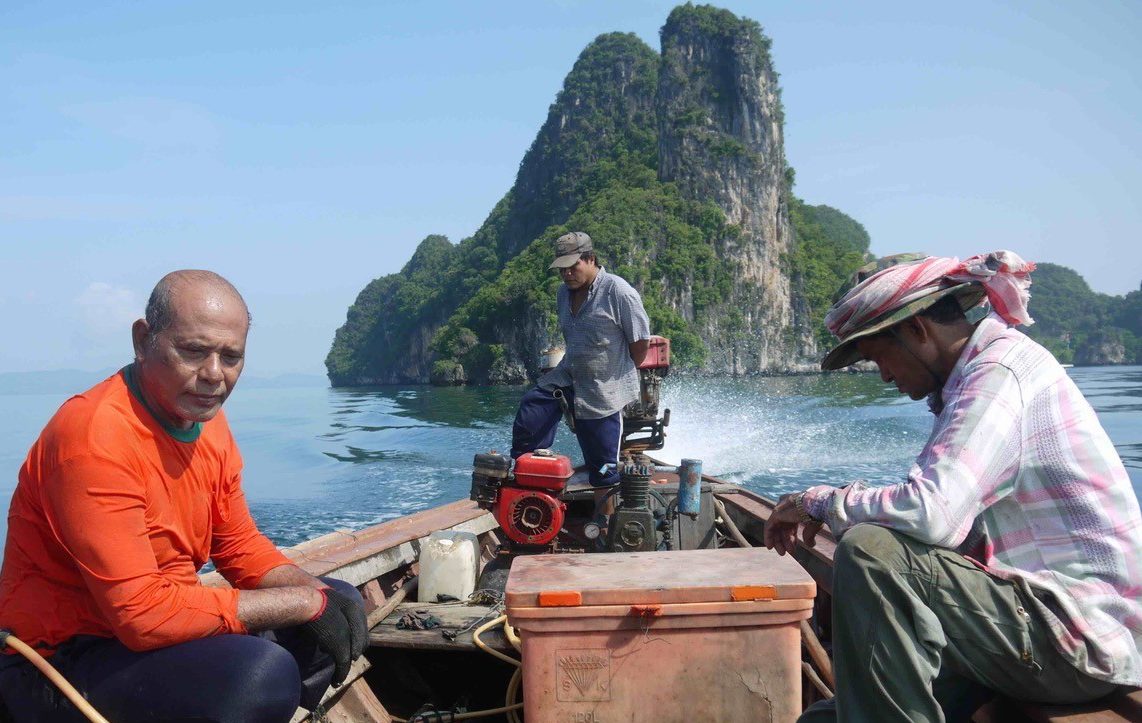
16 Jan Understanding and integrating human dimensions to improve conservation
To increase local support and the effectiveness of conservation initiatives, people must be included in conservation projects. This is the main conclusion by Dr. Nathan J. Bennett, CCRN Affiliate Researcher, from his recent publication titled “Conservation social science: Understanding and integrating human dimensions to improve conservation.”
In an article by Michelle Ma for UW Today, Dr. Bennett discussed the importance of considering the needs of the environment, as well the needs of the people and stakeholders that rely on these ecosystems when developing conservation initiatives. “We really need to think about people as we’re creating conservation initiatives. Forgetting about humans in the conservation recipe is like forgetting yeast in a loaf of bread,” said lead author Nathan Bennett.

“When people are ignored and conservation measures are put in, we see opposition, conflict and often failure,” says Dr. Nathan J. Bennett. “These problems require the best available evidence, and that includes having both natural and social scientists at the table.”
Another point highlighted throughout the interview is the need to bring social scientist and natural scientist together, and move beyond the common approach of only utilizing natural scientists to solve ecological problems. The paper’s authors found that natural scientists and social scientists are increasingly collaborating on conservation projects; however, conservation organizations often do not fully consider the human dimensions of conservation, largely due to a lack of a good precedent, funding and will, leading to discontent among relevant stakeholders.
Although many studies have called for the need for transdisciplinary efforts, few have articulated the benefits of such collaboration and how to do this, Bennett explained. This review paper is the first to bring together the entire storyline by listing the practical contributions the variety of social sciences can offer to improve conservation. The study also constitutes one of several outcomes from a working group, convened by Dr. Bennett two year ago, aiming to find practical ways to involve more social scientists in conservation projects. The study calls for action to ensure that we have learned the lessons from both the past failures and successes of ignoring or considering human dimensions in conservation.
In Thailand, for example, officials set up a series of marine protected areas along the country’s coastline to protect threatened habitats, including coral reefs, mangroves and seagrass meadows. Unfortunately, they did not consider the thousands of fishermen and women who live near or inside the marine protected areas and rely on fishing and harvesting for livelihoods and feeding their families. Fishing bans and unfair treatment have led to resentment and opposition. In one case, fishermen burned a ranger station in protest.
On the other hand, a recent successful example was the creation of California’s marine protected area network. Stakeholders, such as local fishers and communities, scientists, fishery managers, government and industry, were all present at the table and most groups involved ultimately supported the outcome, Bennett explained. Similarly, a plan for marine protected areas is underway in British Columbia, and First Nations leaders are working alongside local and federal governments.
Successful conservation projects happen when both natural and social scientists are working with government, non-profits, resource managers and local communities to come up with solutions that benefit everyone. This can take more time and resources at the outset, but Bennett and his collaborators argue that social scientists are often in a position to help make this a more efficient process. As stated by Dr. Bennett, “ignoring the people who live in an area can be a costly mistake for conservation… specialists in the social sciences can develop more creative, robust and effective solutions to environmental problems that people are going to get behind.”
Information for this post was provided by Nathan J. Bennett and adapted from the original article by Michelle Ma for the University of Washington Office of News and Information. All image credits to Nathan J. Bennett.


